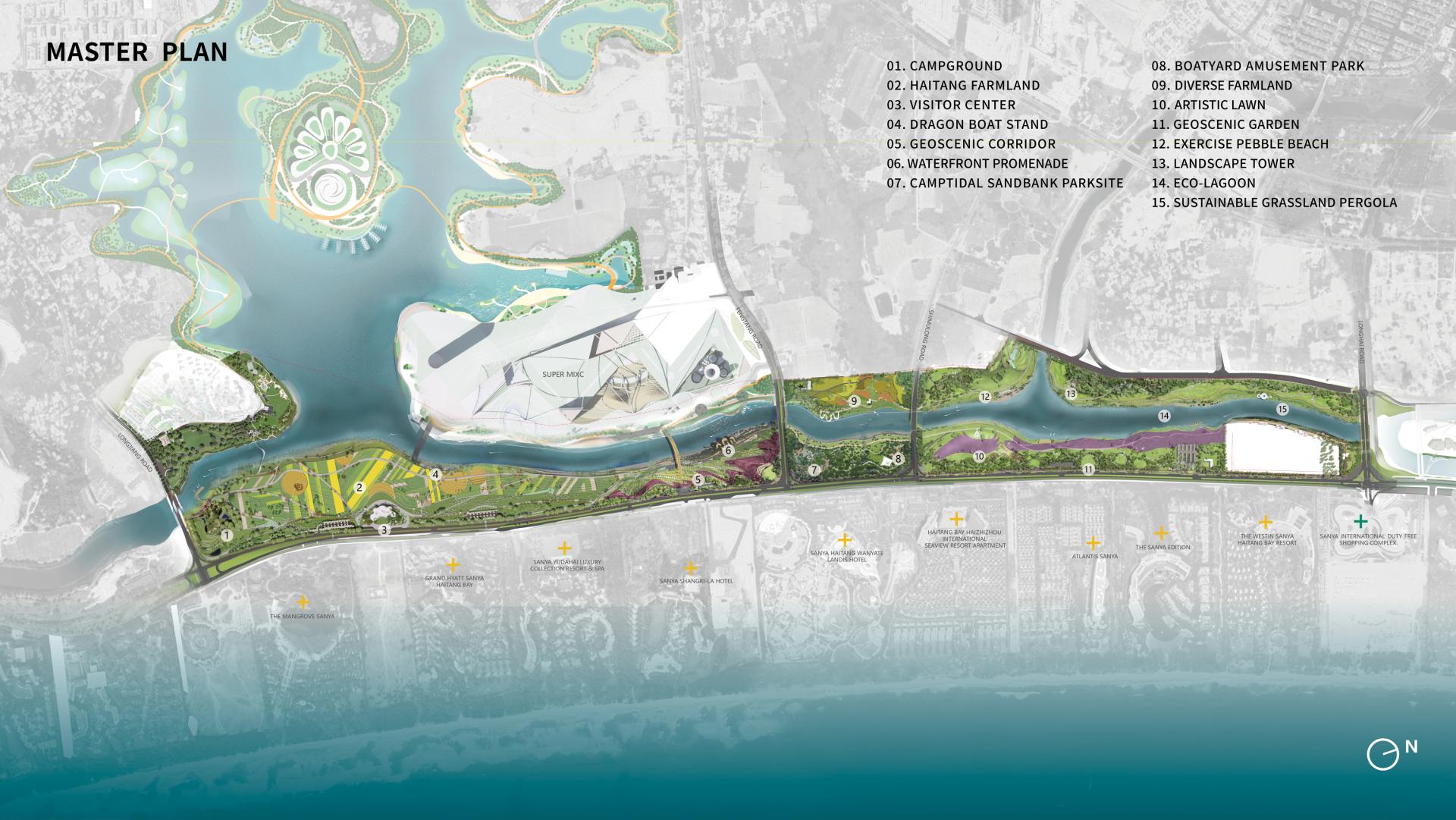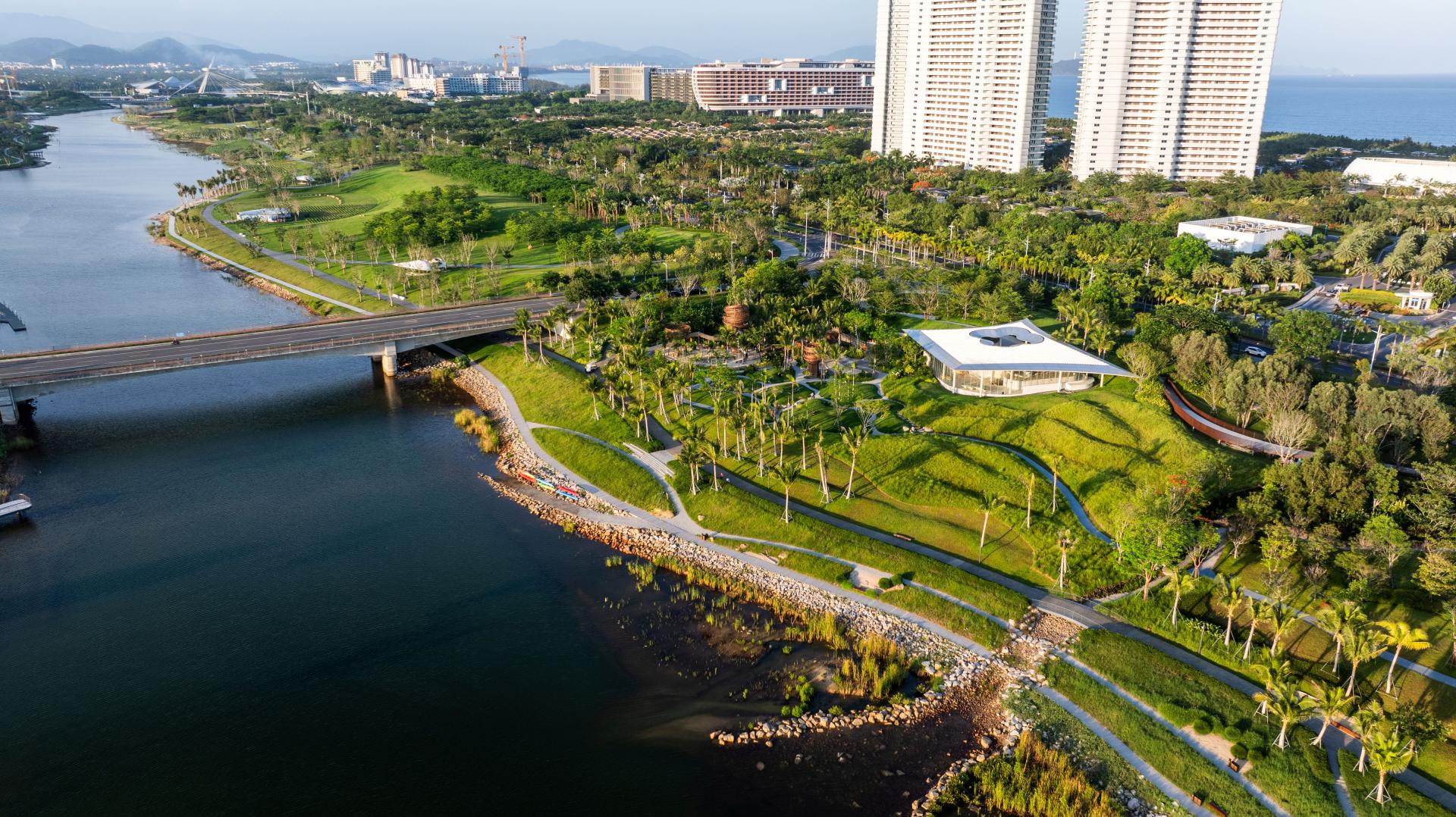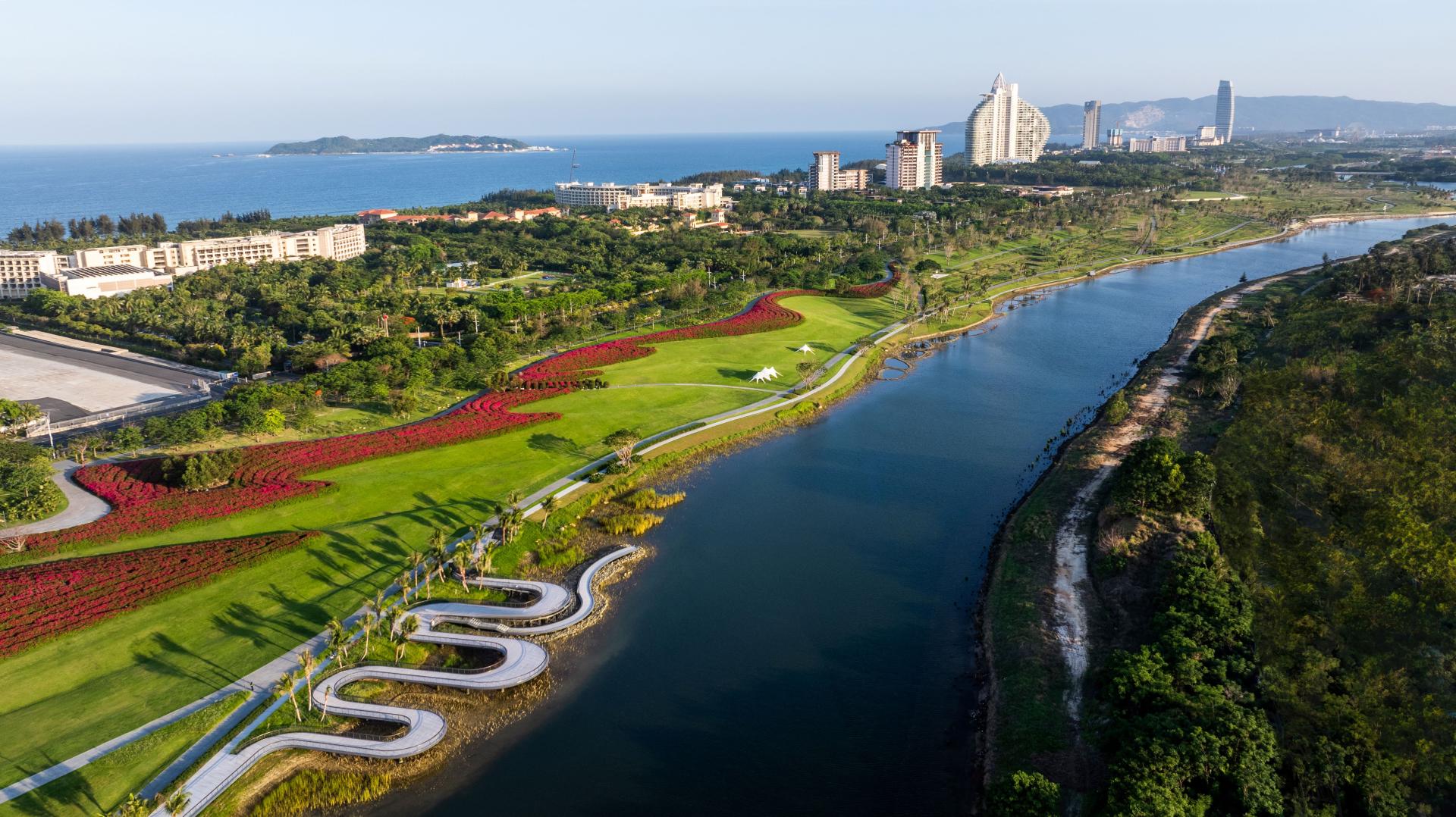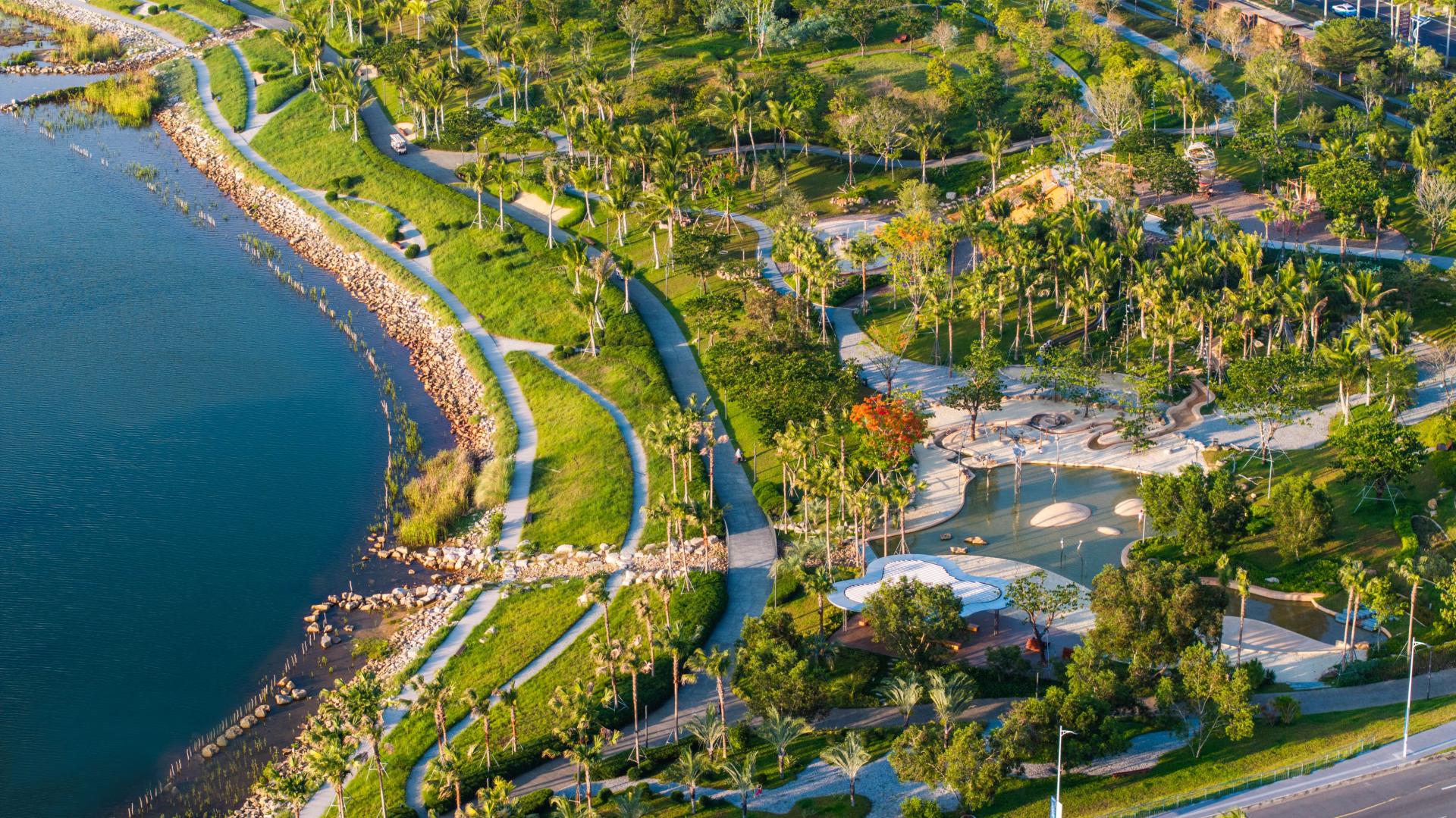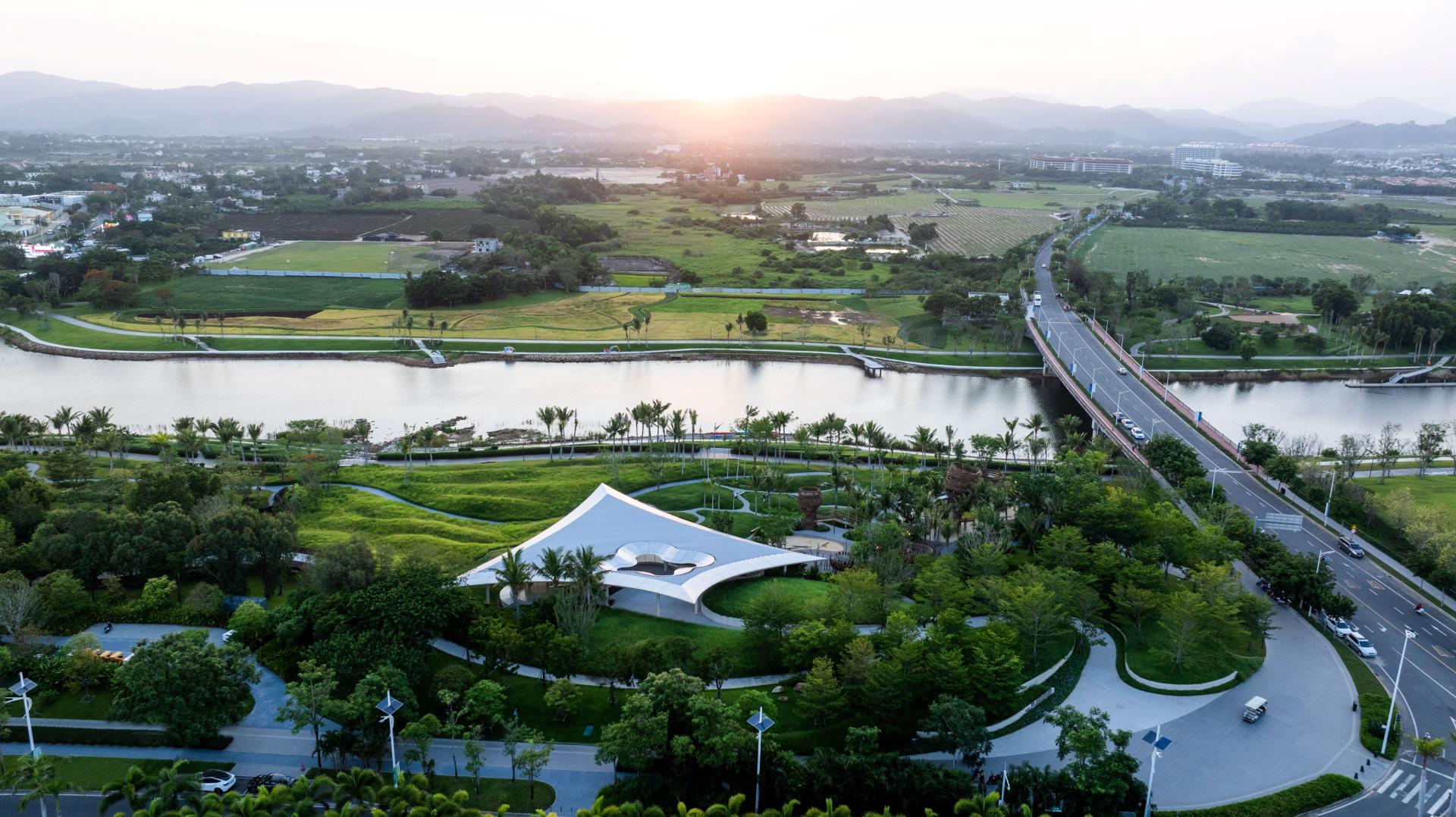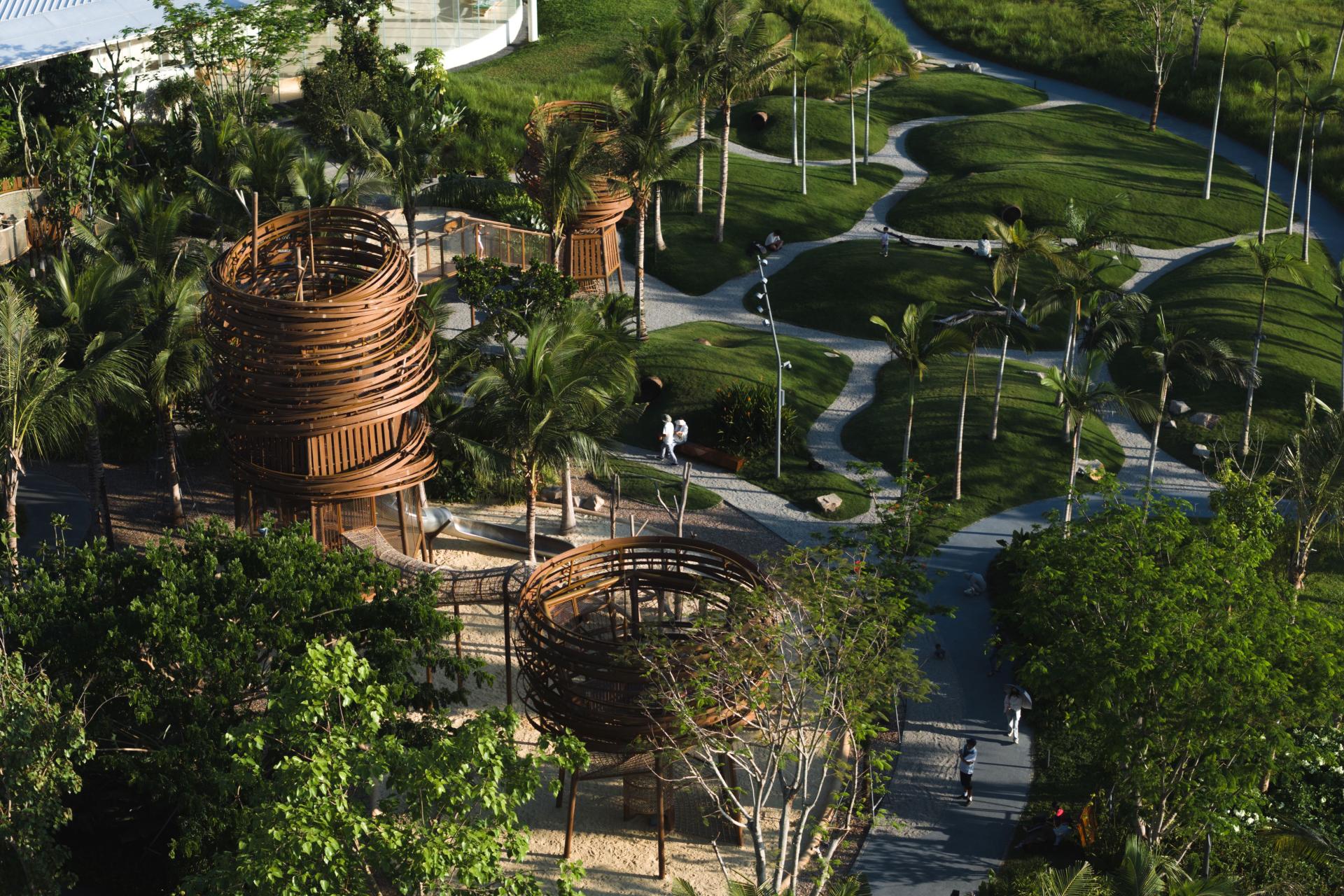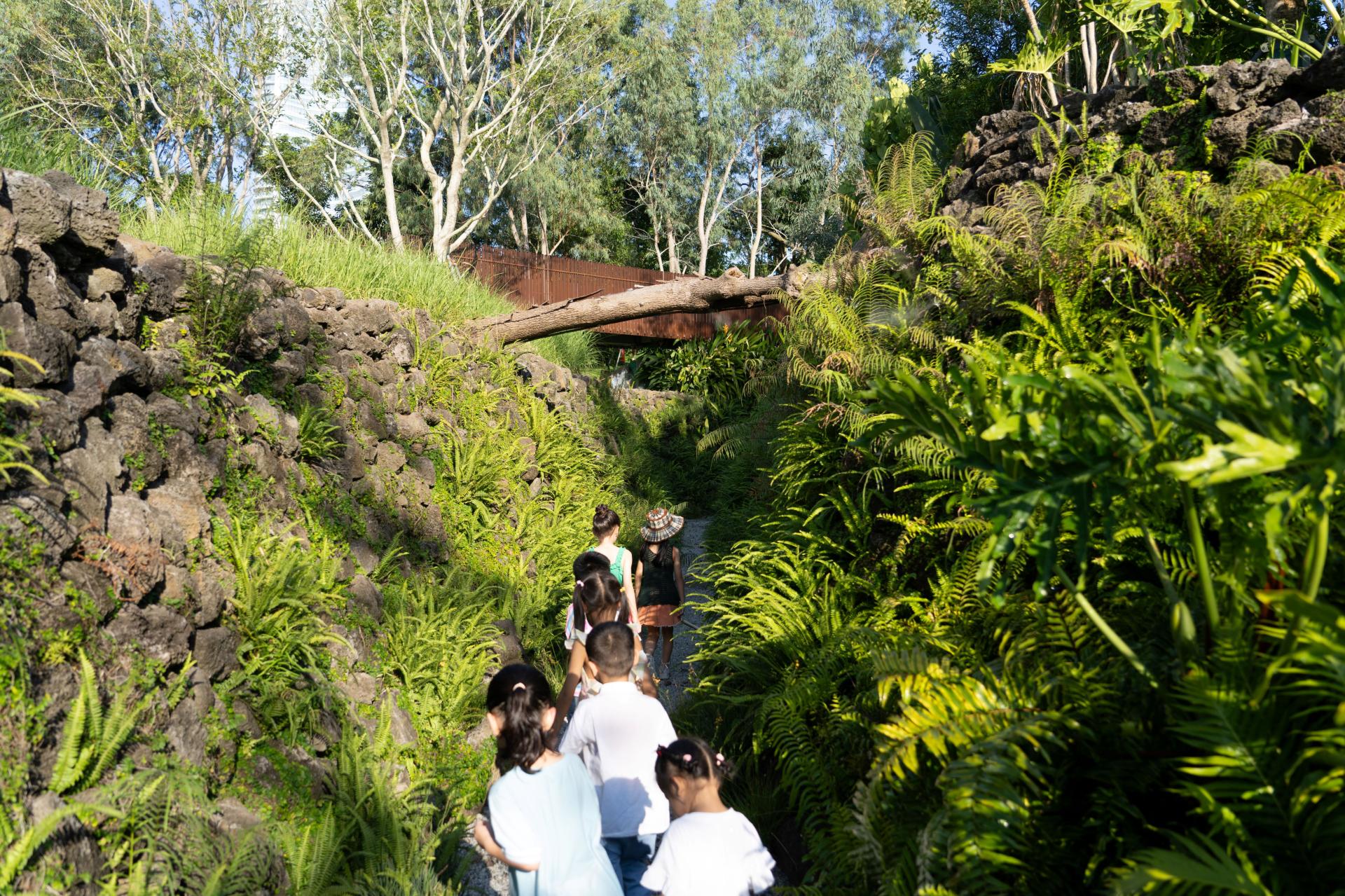2025 | Professional

Haitang River ECO Park Phase One
Entrant Company
AECOM
Category
Landscape Design - Parks & Open Space Landscape
Client's Name
China Resources Land Development (Hainan) Co., Ltd./ Shenzhen Runzhi Urban Construction Management Co., Ltd.
Country / Region
Hong Kong SAR
The Haitang River is an artificially excavated tidal river where brackish and freshwater converge. Based on its current conditions, ecological restoration, river management, and vitality infusion are carried out. The first phase covers a total length of 4.43km, a total research area of 1.63 million square meters, and a design area of 1.23 million square meters.
The project aims to establish environmental resilience through extensive soil improvement, ecological planting, forest protection, ensuring water quality, wetland restoration, and habitat creation. The goal is to repair the river system's overall ecological function, maintain its self-renewal and vitality, and maximize resilience value at the ecological, social, and economic levels.
The design prioritizes ecological treatment, aiming to enhance biodiversity and restore habitats for animals and plants. By restoring the river ecosystem and resilience system, it connects the riverside with the urban slow traffic system, activates the waterfront, and stimulates the development of surrounding industries and economy.
The design employs nature-based solutions to improve soil conditions and combine them with plant cultivation to create soil suitable for the growth of various plants. This approach is based on local climate conditions and species distribution, using native plants to rebuild habitats and enhance regional biodiversity. The design maximizes the use of existing conditions, fully preserving existing trees and utilizing the current site terrain to design a richly experiential, low-carbon ecological corridor.
The design strategy addresses the site challenges by focusing on two main aspects: ecological enhancement and vitality injection. These approaches aim to resolve issues on-site, stimulate the river ecosystem's self-improvement mechanisms, establish a diverse ecological chain, and improving the regional city development. It utilizes the existing embankment roads to connect the riverside slow-moving line close to the water, with other garden paths linking various functional nodes along the coast and connecting to the municipal road network. The entire project adopts a new construction model with low impact and ecological treatments. For hard areas, permeable ecological materials such as gravel, permeable concrete, wide-joint grass paving, and wood chips are used. Four types of ecological shoreline combinations are restored as well.
Credits
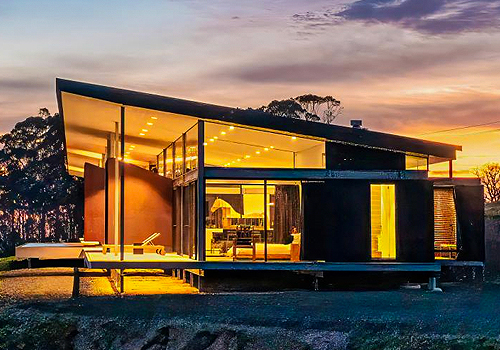
Entrant Company
IAPA DESIGN
Category
Architectural Design - Hotels & Resorts

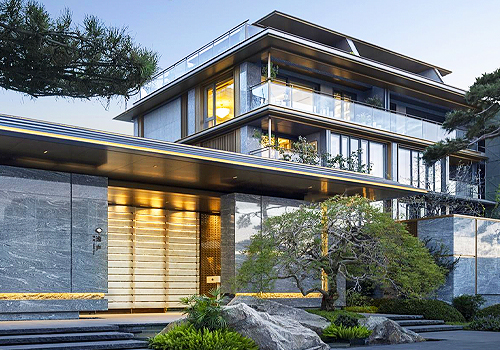
Entrant Company
HZS Design Holding Company Limited
Category
Architectural Design - Mix Use Architectural Designs


Entrant Company
Hei Design Interiors
Category
Interior Design - Residential

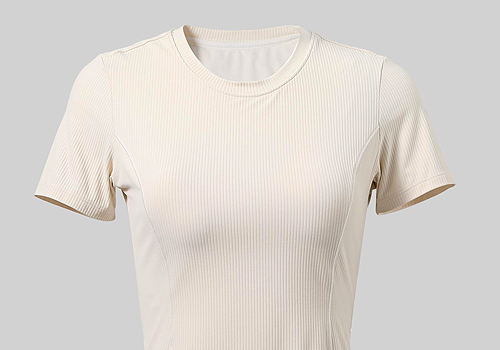
Entrant Company
Anta (China) Co., Ltd.
Category
Fashion Design - Sportswear


